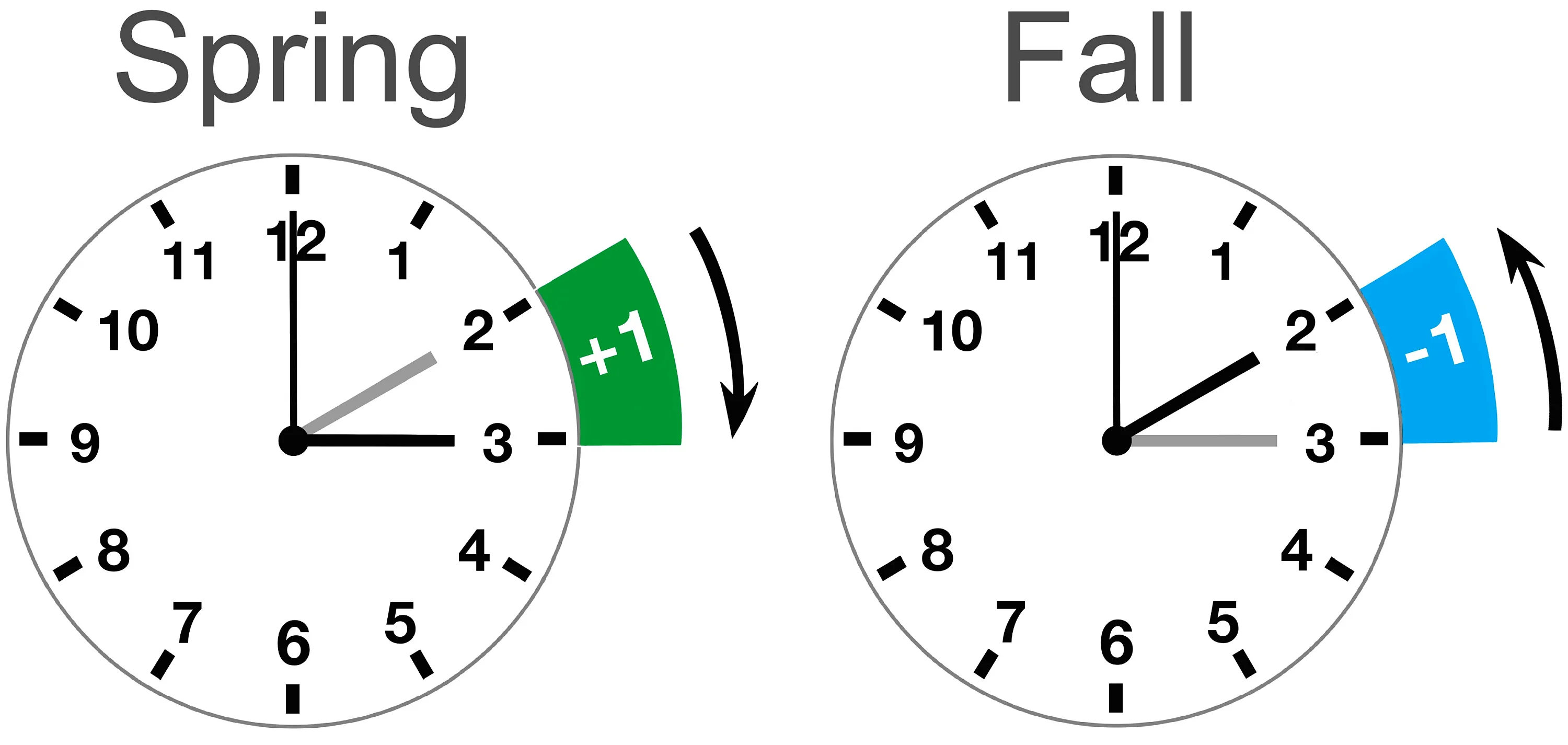What Is Daylight Saving Time (DST)?
Daylight Saving Time (DST) is a practice aimed at optimizing the utilization of natural daylight by setting the clocks forward one hour during the summer months and returning to standard time in the fall. By adjusting our clocks, we seek to make the most of the extended daylight hours and take advantage of the sunlight. DST allows us to align our daily routines with the changing seasons and make better use of the available natural light. As we spring forward and fall back, the concept of DST continues to play a role in our lives, reminding us of the ever-shifting nature of time and our connection to the cycles of nature.
The Fascinating History and Impact of Daylight Saving Time on Time Zones
The concept of Daylight Saving Time (DST) has an intriguing history intertwined with the pursuit of maximizing daylight and improving productivity. It all began with the ingenious mind of Benjamin Franklin during his time in Paris, where he proposed the idea of advancing the standard time by one hour to make better use of daylight. Franklin observed that the Parisians tended to sleep through the majority of daylight hours, sparking his curiosity about optimizing daylight for productivity.
The notion of Daylight Saving Time gained further traction with the contributions of George Hudson and William Willett, who independently proposed the idea in different times and countries. The fundamental premise was simple yet powerful: adjusting the clocks to create more daylight during the working hours, which could have a positive impact on people's activities and overall productivity. Germany notably embraced this concept during World War I as a means to conserve energy resources.
The implementation of Daylight Saving Time served multiple purposes beyond energy saving. It offered opportunities for leisure activities, harmonized the movement of goods and services, and had a significant impact during wartime. Gradually, countries worldwide recognized the benefits and adopted this practice, resulting in a shift in time zones during the designated periods.
By adding an extra hour to the existing UTC offset, Daylight Saving Time effectively creates summer versions of the time zones. For instance, Western European Summer Time follows UTC+1, Central European Summer Time equals UTC+2, and Eastern European Summer Time offers UTC+3. This adjustment expands the established time zones and defines their application specifically for the summer period.
It's worth noting that some countries have chosen not to adopt this particular scheme and continue with their standard time throughout the year. Countries such as Iceland, Russia, Turkey, China, Japan, and India do not observe Daylight Saving Time. In contrast, within the European Union, it is regulated at a legal level. According to current directives, the time is adjusted on the last Sunday in March to establish Summer Time, and on the last Sunday in October to end it. However, EU member states are likely to have more autonomy in managing their time policies after 2021.
Interestingly, some countries had already found their solutions to address this matter decades ago. For example, Ireland enacted a special act in 1971 to incorporate Summer Time into their existing Standard Time legislation. The decision to adopt Daylight Saving Time remains a prerogative of governments, driven by economic and public considerations, ultimately influencing the global time zone system.
Interesting facts about Daylight Saving Time (DST)
Did you know that Daylight Saving Time (DST) has a fascinating history and brings about various effects on our daily lives and global routines?
- DST Origins: The idea of DST dates back further than you might think. The first official proposal for DST was made by Austrian-American mathematician Wilhelm Steinitz in 1895. However, New Zealand was the first country to implement DST in 1895.
- Not Universally Observed: While many countries observe DST, it is not universal. For example, Japan, China, India, and Iceland do not observe DST, while other countries may apply it in different ways or at different times.
- Varying Dates: The start and end dates of DST can vary by country and even year. This is done to better align with weather conditions and local customs.
- Energy Savings: One of the primary purposes of DST is energy conservation. It is hoped that the additional daylight in the evening hours will reduce the need for electric lighting, thereby reducing energy consumption.
- Biorhythm Effects: Clock changes associated with DST can impact our biorhythms and sleep patterns. The transition may temporarily disrupt our internal clocks and take some time to adjust to the new time zone.
- Enhanced Road Safety: An interesting aspect of DST is that it can improve personal safety on the roads. The additional daylight in the evening hours may lead to a decrease in traffic accidents.
- Changes in Time Zones: During the DST period, some time zones may shift or extend to different areas. This change can have varying effects across different parts of the world.
- Historical Changes: Throughout the history of DST, numerous modifications and adjustments have been made. The dates, duration, and policies associated with DST have changed over the years as countries adapted to evolving economic, energy production, and societal circumstances.
As we continue to observe DST in many parts of the world, it remains an intriguing phenomenon that impacts our energy usage, sleep patterns, road safety, and even the way time zones are structured.
